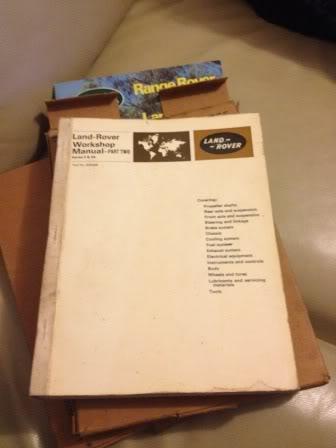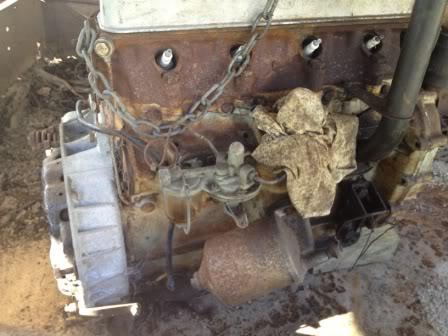Granted, a thick layer of dust will indeed cause problems for a sprayed paint, but there should never be a thick layer of dust. Tack rags are used as a final wipe down, following all other prep, on a surface that is already considered to be clean and dust free. Their job is to remove the tiny amounts of dust, hair etc. that may be on the surface immediately prior to painting, and that may cause blemishes and marks in fine finishes.
Generally speaking, a tack rag (after use) should show little dirt - if it has a great deal of dirt on it then the prep wasn't up to scratch in the first place. The tiny amounts of dust that a tack rag would normally be expected to encounter wouldn't be likely to affect the adhesion of any chassis paint.
I've never used a tack rag on a chassis, for the reasons outlines above, but I'd be interested to know how well it worked. Most LR chassis that I've seen are fairly well covered in what appears to be "factory" weld spatter and rough edges, and given the nature of the vehicle and the apparent originality of the spatter I've made no effort to remove them, and they even survived sandblasting. Do they end up coated with small bits of tack rag that have caught and been torn off? That's often a problem with cleaning "industrial" metal surfaces (chassis, tractors etc.), cleaning rags shred themselves on the rough surfaces and do more harm than good!
[This 88" is the first LR I've restored from scratch, but over the last 30 years I've done many cars, tractors, motorcycles and boats]




 Reply With Quote
Reply With Quote





Bookmarks